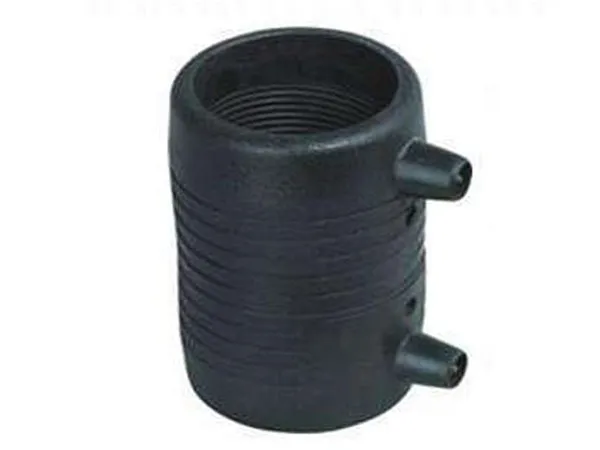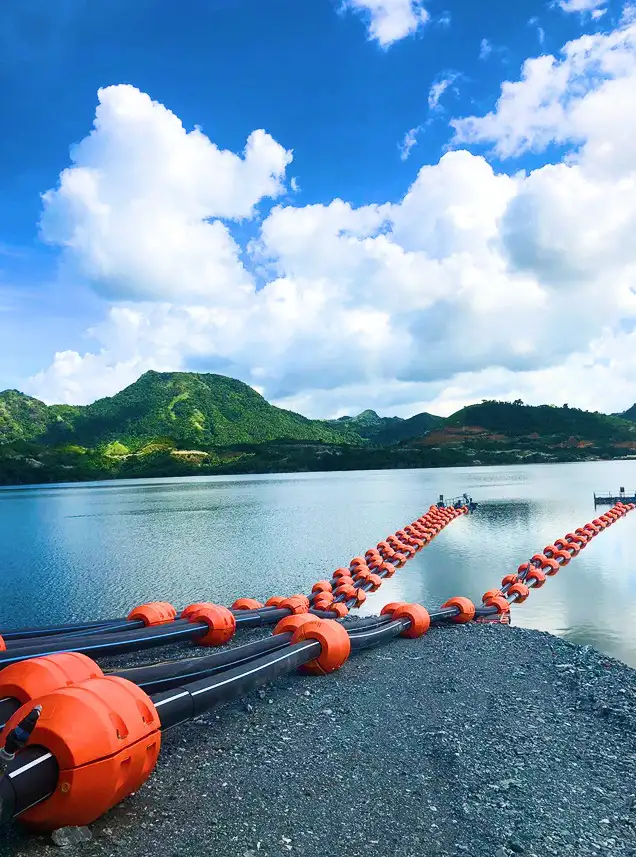
SRTP pipe, also known as Steel Reinforced Polyethylene (SRPE) or Steel Reinforced HDPE Pipe, represents a significant advancement in large-diameter pipe technology. It is a composite pipe engineered to combine the strength of steel with the durability and corrosion resistance of high-density polyethylene (HDPE).
SRTP (Steel Wire Reinforced Thermoplastics, often specifically HDPE - High-Density Polyethylene) drainage pipes are a modern solution in piping technology, combining the best attributes of both plastic and steel pipes. They are designed to overcome the limitations of traditional piping materials, offering enhanced performance for various applications, including drainage systems.
An SRTP pipe is a composite pipe where a high-strength steel wire mesh acts as a reinforcement skeleton, which is then encapsulated within layers of high-density polyethylene (HDPE) or other thermoplastic materials. A specialized adhesive resin often bonds these layers together during the continuous extrusion process. This unique construction provides the pipe with the structural integrity and pressure-withstanding capabilities of steel, coupled with the corrosion resistance, flexibility, and hygienic properties of plastic.
Steel Wire Reinforcement: This is the core strength-providing element, typically wound spirally within the pipe wall. It gives the pipe high tensile strength, excellent resistance to internal pressure, and improved creep resistance.
High-Density Polyethylene (HDPE) Matrix: This plastic material forms the inner and outer layers of the pipe, providing excellent chemical resistance, a smooth inner wall, and flexibility. HDPE is known for being inert, resisting various chemical media and microbial erosion, and not requiring anti-corrosion coatings.
Adhesive Resin: A binding agent used to ensure a strong and stable composite structure between the steel wire mesh and the polyethylene layers.
High Strength and Durability: The steel reinforcement provides superior strength and pressure resistance, making SRTP pipes suitable for high-pressure drainage applications and situations requiring long-term reliability.
Excellent Corrosion Resistance: Unlike metal pipes, the plastic layers protect the steel core from corrosion, ensuring a significantly longer lifespan (often 50 years or more) and reducing maintenance costs, especially when dealing with corrosive wastewater or challenging soil conditions.
Smooth Inner Wall: The smooth HDPE inner surface minimizes friction loss, prevents scaling and dirt accumulation, and ensures high flow capacity and efficiency in drainage systems. This also reduces the risk of blockages.
Flexibility and Impact Resistance: SRTP pipes retain a degree of flexibility, making them easier to handle, transport, and install, especially in undulating terrain or around obstacles. They also offer good resistance to impact and can withstand sudden shock loads, such as those caused by ground settlement.
Lightweight: Compared to traditional steel or concrete pipes, SRTP pipes are significantly lighter, which reduces labor intensity, transportation costs, and the need for heavy installation equipment.
Reliable Connection Methods: SRTP pipes can be joined using various methods, including electro-fusion, which creates a strong, leak-free, and axially tensile resistant connection. This ensures the integrity of the drainage system.
Good Temperature Resistance: While plastic pipes can be affected by temperature, the steel reinforcement in SRTP pipes helps maintain their strength over a wider temperature range, making them suitable for diverse environments.
Environmental Friendliness: Made with thermoplastic materials, SRTP pipes are often recyclable and contribute to more sustainable infrastructure solutions.
SRTP pipes are widely used in drainage systems due to their robust performance. Their applications include:
Municipal Sewage and Drainage Systems: Efficiently transporting wastewater from urban and rural areas, minimizing leaks and blockages.
Industrial Drainage: Handling various industrial effluents, including corrosive liquids and slurries.
Highway Buried Drainage: Providing reliable drainage solutions for road infrastructure.
Mining Drainage: Used for dewatering in mining operations, transporting mine water, and even slurry.
Agricultural Drainage: For irrigation and land drainage systems.
In summary, SRTP drainage pipes represent an advanced and environmentally friendly piping solution that offers a powerful combination of strength, durability, corrosion resistance, and ease of installation, making them a preferred choice for modern drainage infrastructure.
